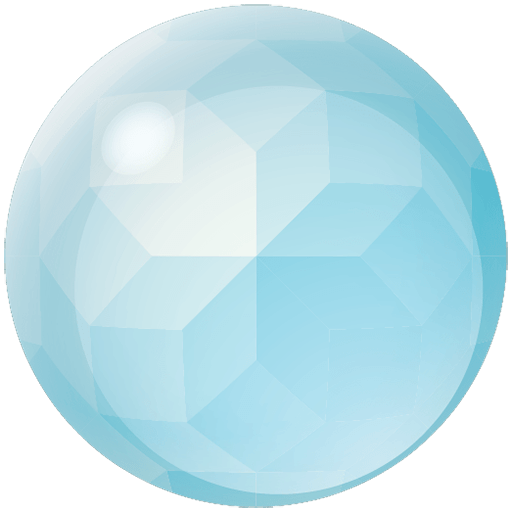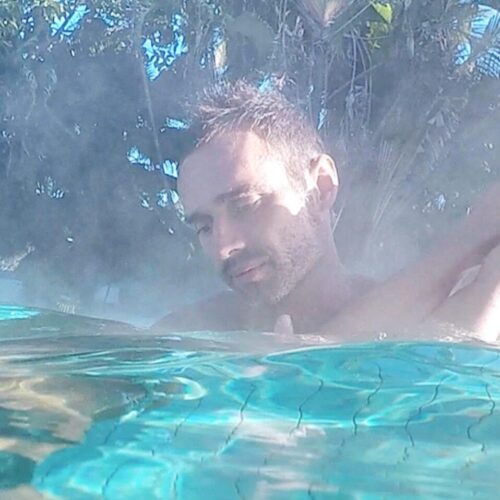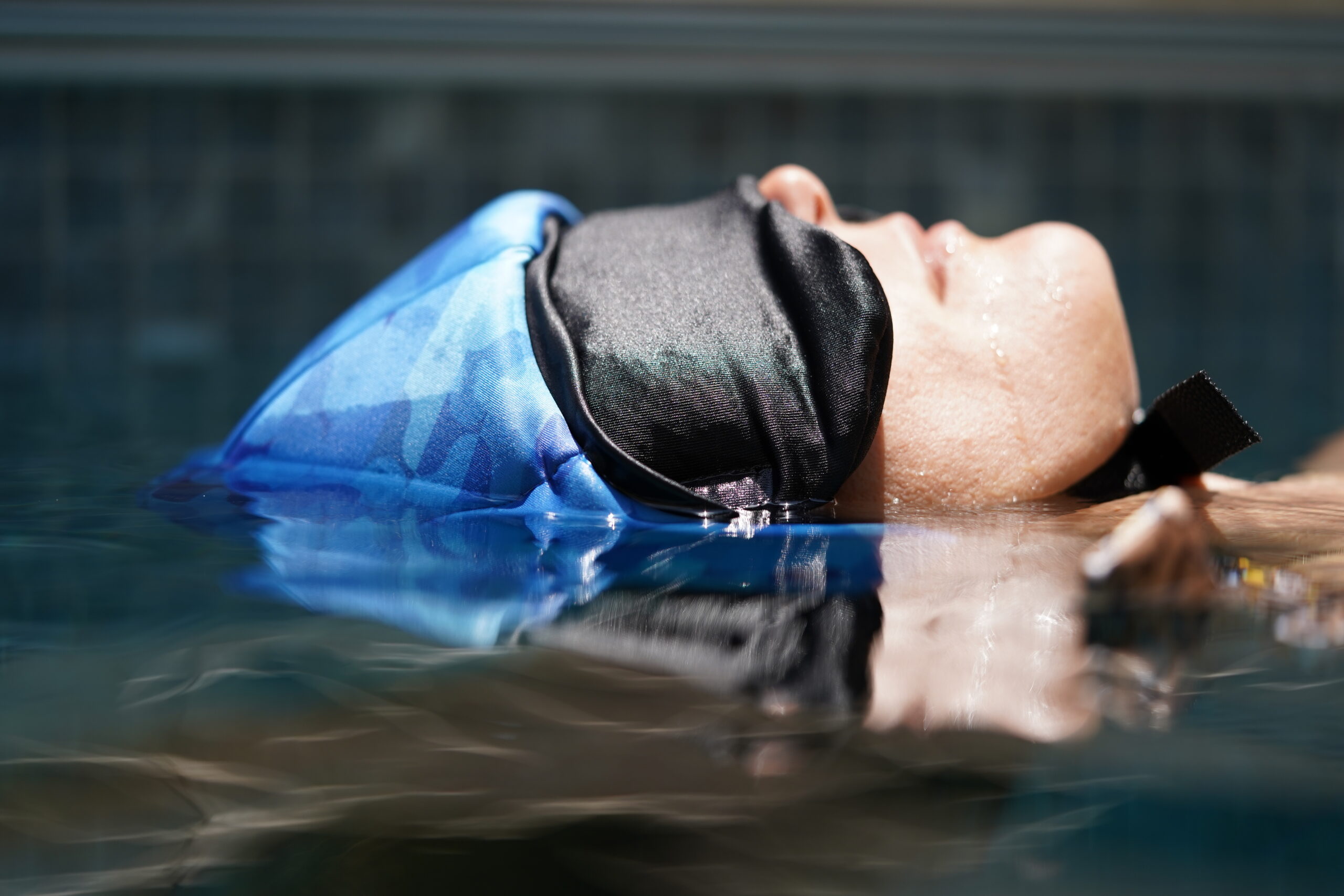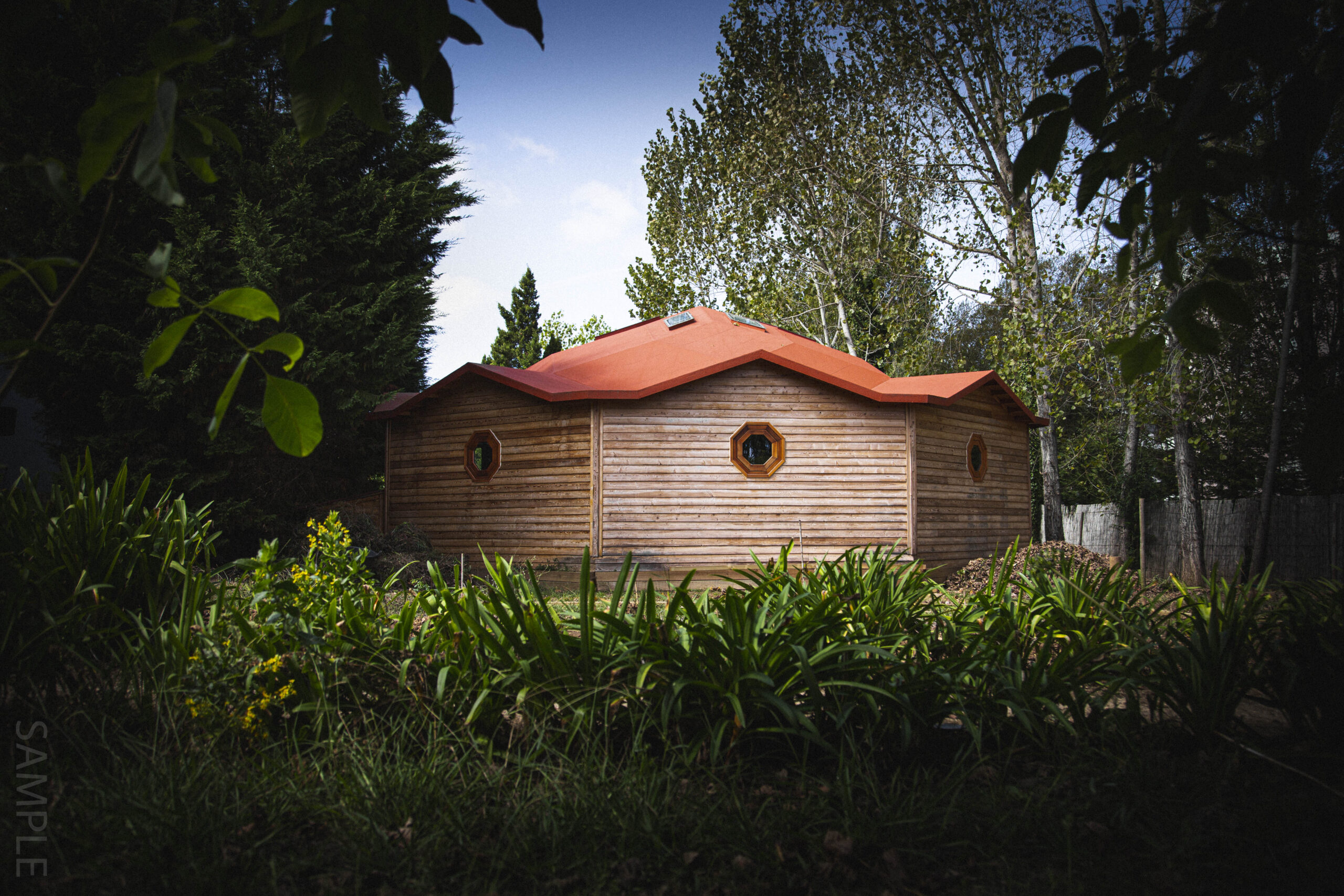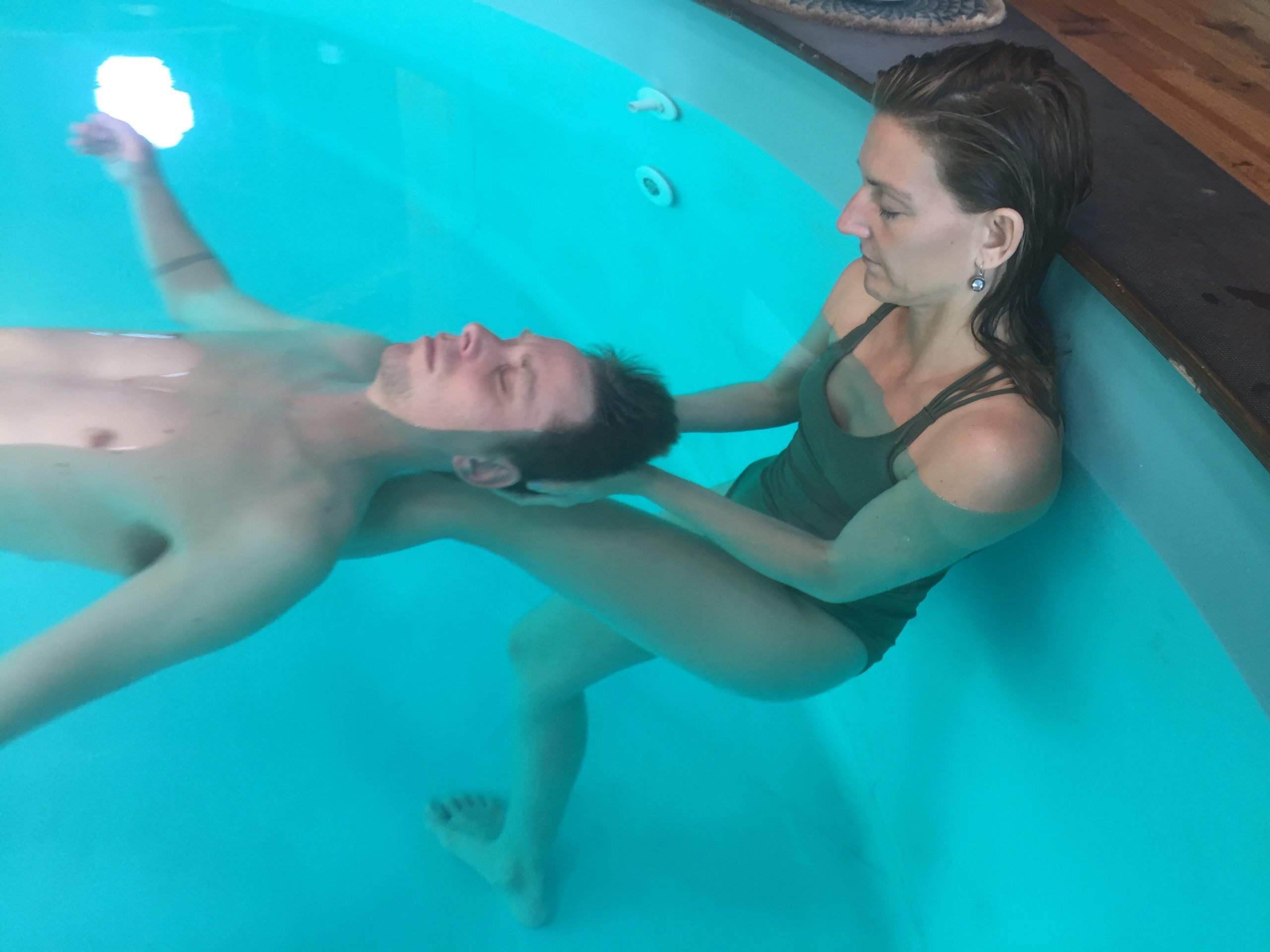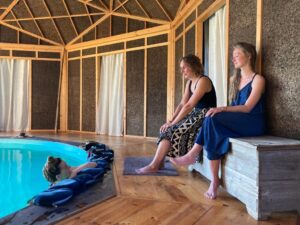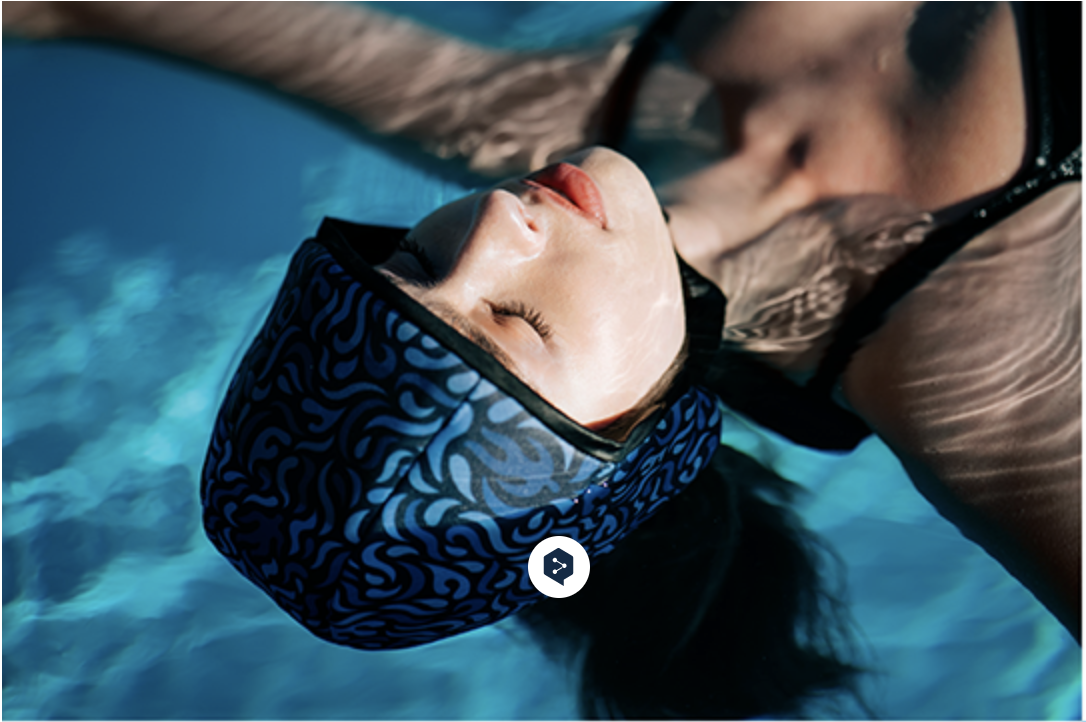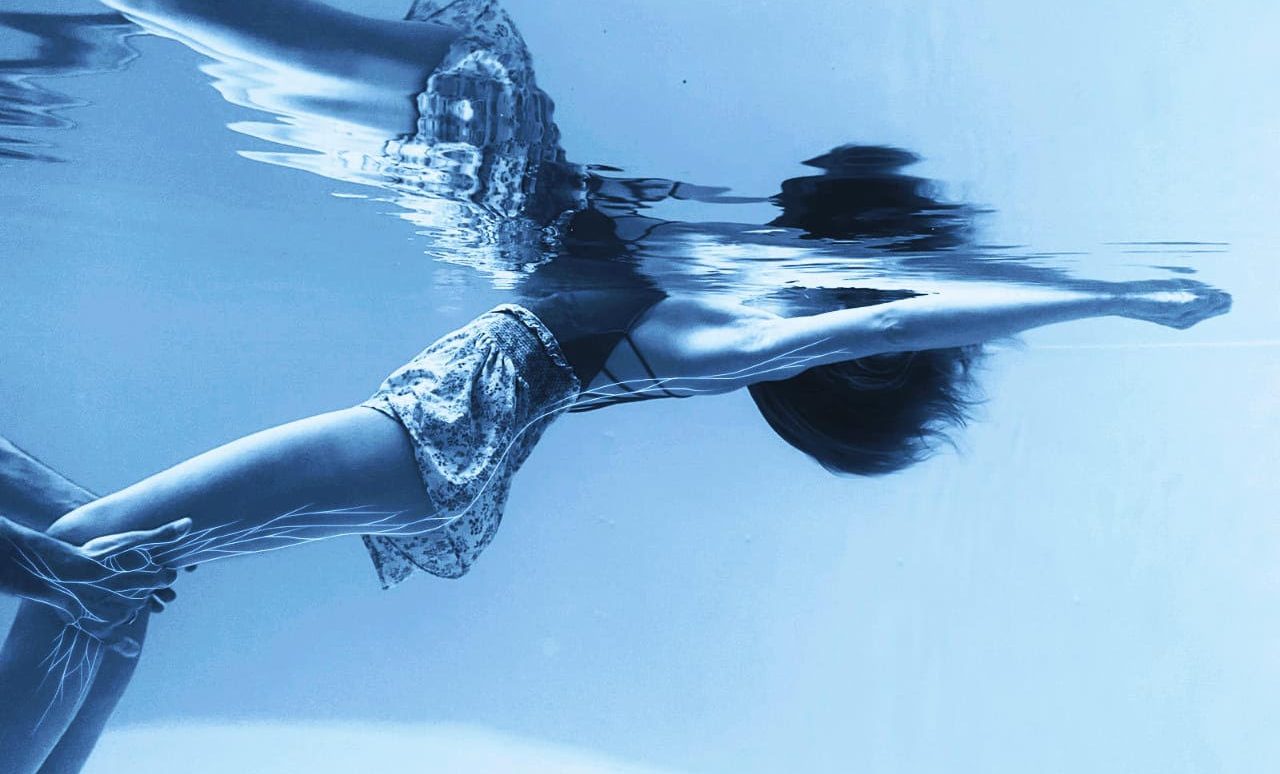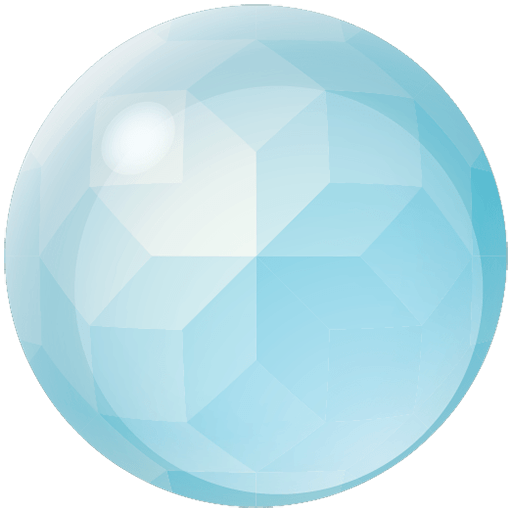Interview with Fran: The Art of Fascia, Water, and Touch
In anticipation of the upcoming Biotensegrity training this August at Liquidzome, we sat down with Fran – founder of FasciaSoma and a deeply intuitive aquatic therapist – to explore the philosophy behind his work and what participants can expect from this immersive two-day experience in Sintra.
Liquidzome: Fran, your background is rich with different therapeutic modalities. How did your path bring you to the water?
Fran: My journey began in physiotherapy, but it wasn’t until I received my first aquatic session that something truly clicked. The body’s expression in water is different—freer, more truthful. It opened a door to a somatic language that continues to unfold today. That’s what led me to develop FasciaSoma, integrating fasciatherapy principles into the aquatic world.
Liquidzome: In the upcoming module on Biotensegrity, what are some of the key elements participants will experience?
Fran: We begin with an aquatic diagnosis—feeling into the body through water, listening through our hands. Then we explore the myofascial meridians of the limbs, pelvis, and shoulders. But we’re not just working on anatomy; we’re engaging with systems of adaptation and resilience. Biotensegrity teaches us that the body is not a machine of parts, but a living network of tension and fluidity.
Liquidzome: What role does touch play in this approach?
Fran: Touch is everything. But it’s not just about technique—it’s about presence. We work with the fulcrum, support points, and myofascial release techniques. These tools allow us to meet the body where it is, to invite change rather than impose it. In water, this becomes even more profound. It’s like dancing with the body’s memories and possibilities.
Liquidzome: What kind of people usually resonate with this training?
Fran: It’s a beautiful mix. I’ve had osteopaths, aquatic therapists, bodyworkers, dancers—people who are curious about the language of fascia and the intelligence of the body. But more than titles, it’s about openness. If someone comes with a willingness to listen, to feel, and to explore, they’re ready.
Liquidzome: Lastly, what makes this training at Liquidzome special for you?
Fran: Liquidzome is a space that breathes with nature. The architecture, the water, the silence—it all supports the kind of work we do. There’s something sacred about meeting in a place that already holds the intention of healing and presence.
Ready to join?
Biotensegrity takes place August 2–3, 2025, at Liquidzome in Sintra, Portugal.
Full info and registration: www.fasciasoma.com Or email: fasciasoma@gmail.com
To pre-booking your place now, you must go here in the Trainings tab.
